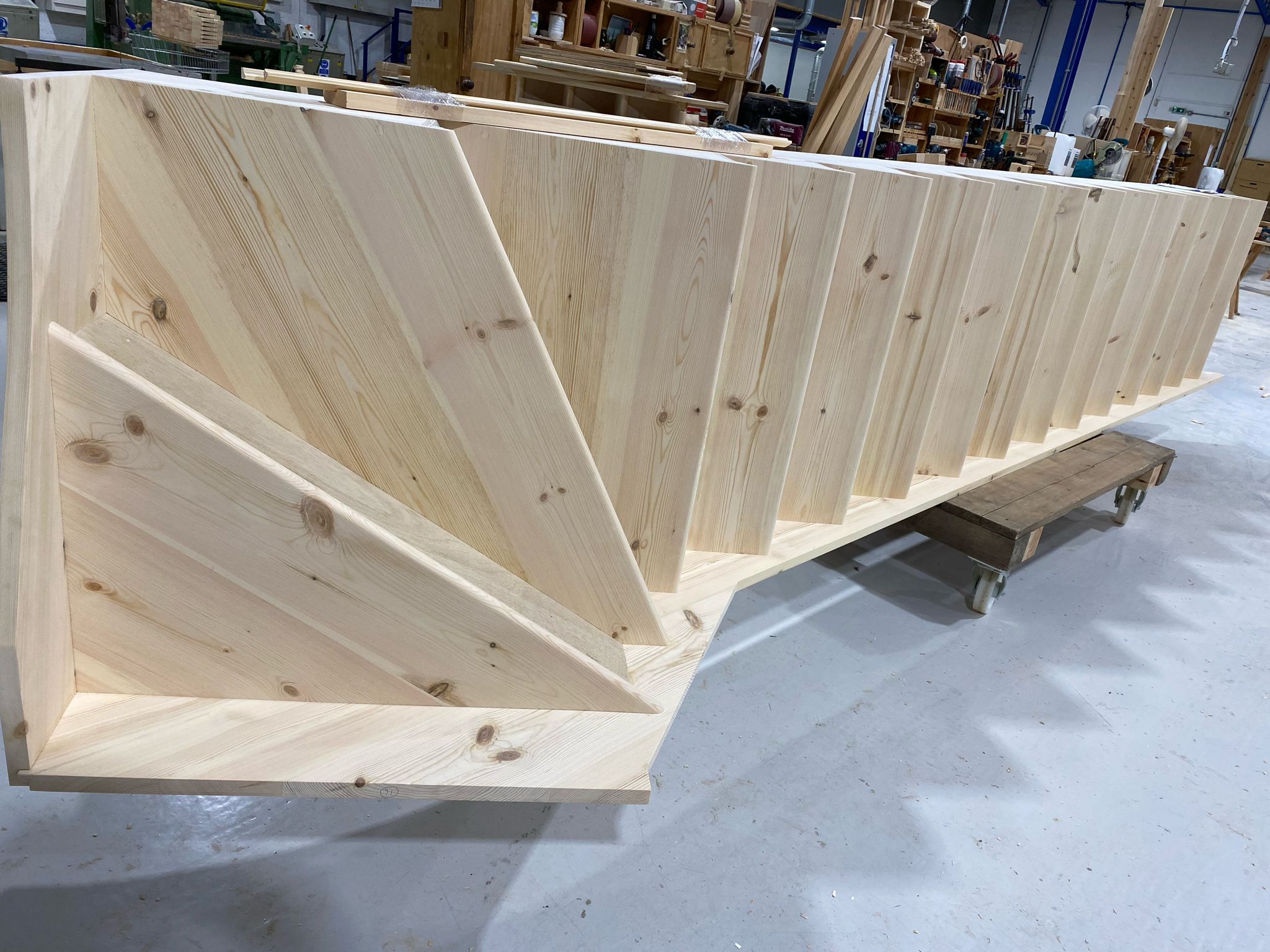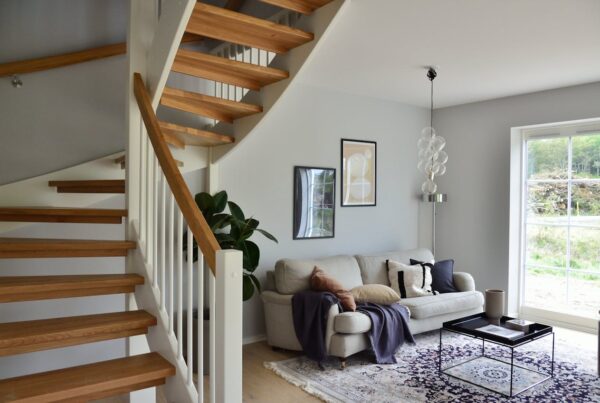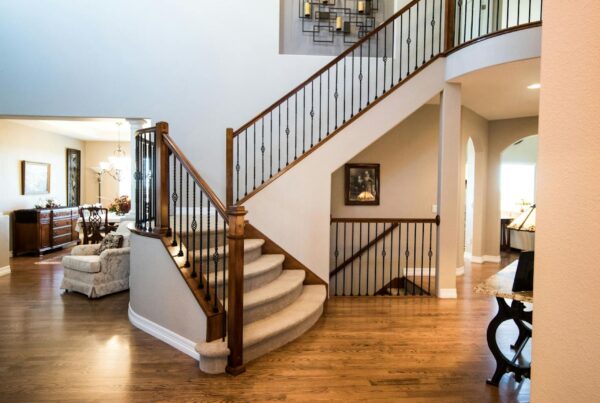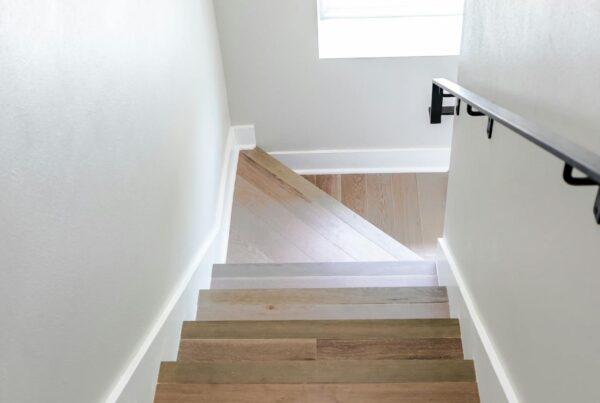Timber stairs advantages and disadvantages
Timber stairs, an integral part of many homes and commercial spaces, offer a blend of functionality and aesthetic appeal. With their natural beauty, they can complement various interior designs, from traditional to contemporary. However, like any material choice, timber stairs come with their own set of advantages and disadvantages. This blog explores these aspects, providing insights into why timber might be the perfect choice for your stairway or when it might be better to consider alternatives.
Aesthetic Appeal
One of the most significant advantages of timber stairs is their aesthetic appeal. Wood has a timeless quality, capable of adding warmth and character to any space. Its natural grain patterns and colour variations ensure that no two staircases are exactly alike, allowing for a unique feature within a home or building. Moreover, timber can be stained, painted, or varnished to match any decor, making it a versatile choice for interior design.
Durability and Strength
Timber is renowned for its durability and strength, making it an excellent material for stairs. When properly treated and maintained, wood stairs can last for decades, even in high-traffic areas. Hardwoods such as oak, maple, and walnut are particularly resistant to wear and tear, offering a solid investment that can withstand the rigours of daily use.
Environmental Impact
The environmental impact of timber stairs can be both an advantage and a disadvantage, depending on the source of the wood. When sourced sustainably, timber is a renewable resource that can be harvested with minimal impact on the environment. It also has a lower carbon footprint compared to materials like concrete and steel. However, it’s essential to ensure the wood comes from certified sustainable forests to avoid contributing to deforestation and habitat loss.
Acoustics
Wooden stairs can contribute to better acoustics within a home or building. Timber absorbs sound, reducing noise levels compared to materials like metal or concrete. This feature is particularly beneficial in multi-storey homes or commercial buildings where sound transmission between floors can be an issue. Nevertheless, without proper design and installation, timber stairs can still produce squeaks and creaks over time.
Maintenance and Cost
Maintaining timber stairs is relatively straightforward but requires regular attention to ensure their longevity. Wood is susceptible to scratches, dents, and water damage, so it may need refinishing or resealing every few years to maintain its appearance and integrity. Additionally, the cost of timber stairs can be a disadvantage for some. High-quality hardwoods, which offer the best durability and aesthetics, come with a higher price tag than some other materials. Installation costs can also be higher, especially for custom designs.
In conclusion, timber stairs offer a range of benefits, including aesthetic appeal, durability, and the potential for a positive environmental impact. However, considerations such as maintenance requirements and cost, as well as potential issues with acoustics, should be weighed carefully. For those seeking the warmth and natural beauty of wood in their homes or commercial spaces, timber stairs can be an excellent choice, provided they are prepared for the ongoing care they require.
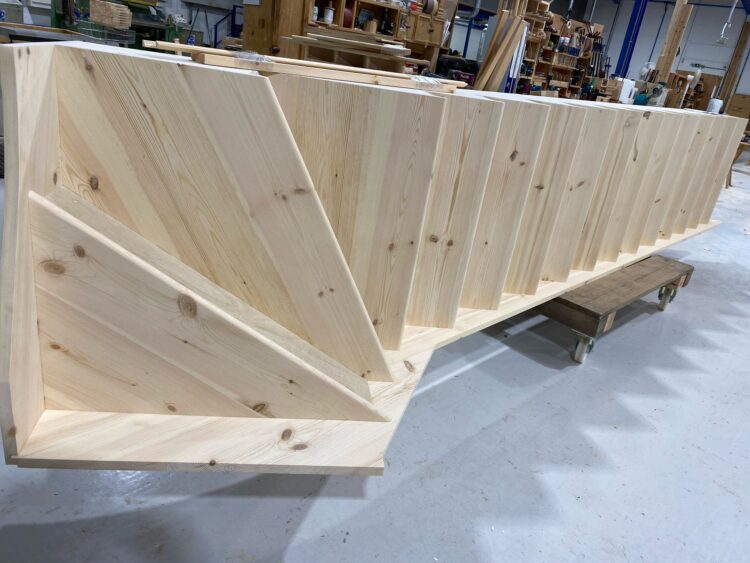
Why not check out our online staircase builder?

